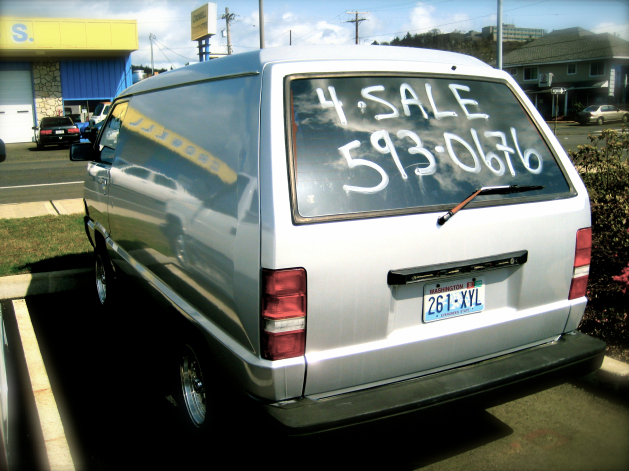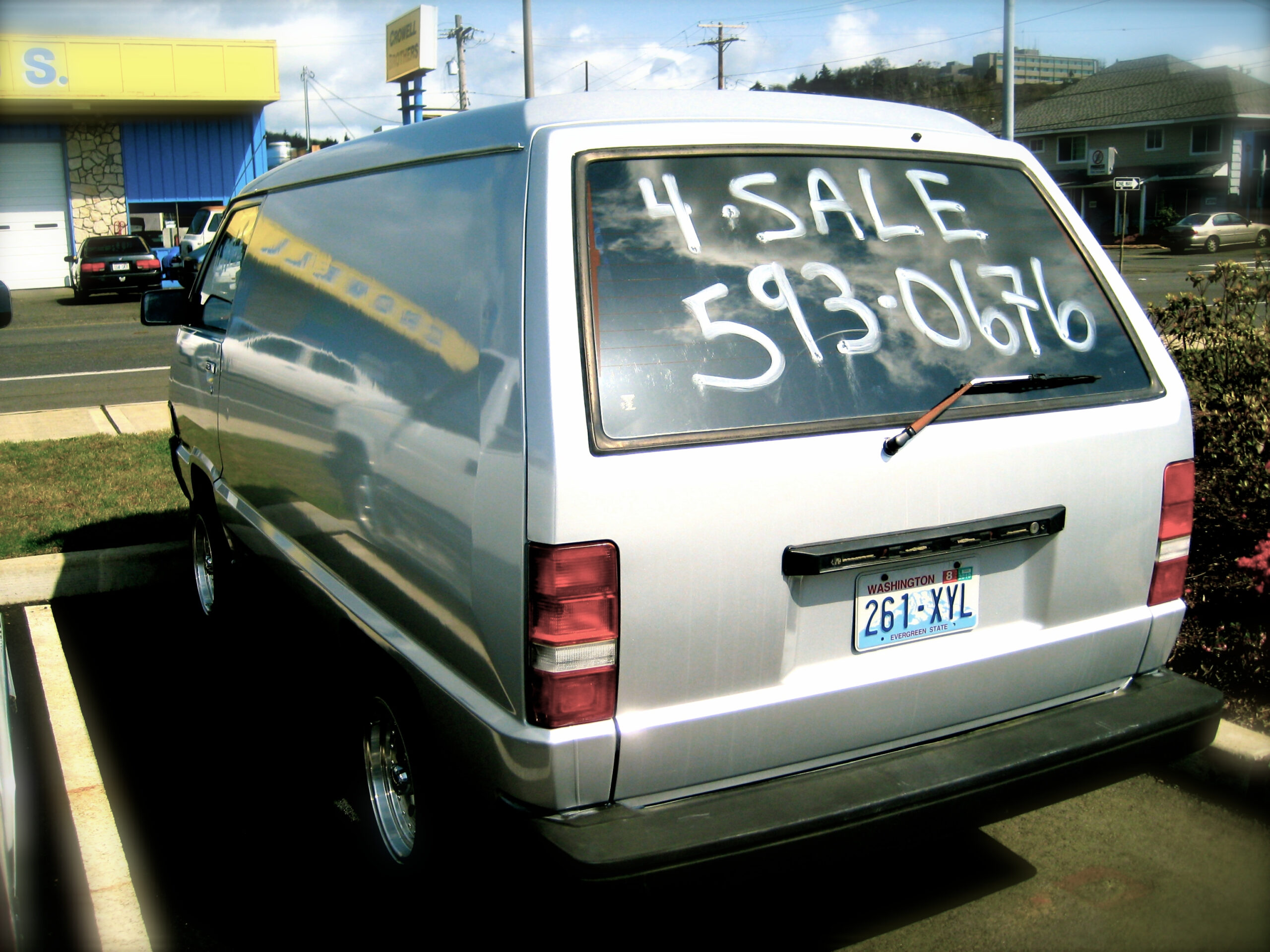
Looking for a new set of wheels? Need to raise some cash for a home improvement project? Heading back to college?
Last year, a whopping 42.5 million used cars were sold in the United States, many by private owners. And 94 percent of those transactions involved an online search, according to leading online car website CarSoup.com.
While the Internet has made it easier than ever to buy a used car directly from a private party, buyers and sellers need to take precautions to ensure their safety and to prevent fraud.
The new e-book, “How to Safely Sell Your Car,” available on Amazon as well as through CarSoup.com, offers a number of specific tips on how to safely sell your car online, as well as suggestions on selling your car faster and for top dollar.
“Thousands of people safely sell their cars online every day, and you can too,” says Brian Bowman, chief technology officer of CarSoup.com. “Selling safely is the best way to make the most money and ensure a great sales experience for you and your buyer. The key is trust. The more trust you can build, the more satisfaction both parties will experience with the transaction.”
To sell your car safely and quickly online, Bowman offers these tips:
- Go where the serious car buyers are. Avoid rummage-style websites and advertise your car on well-known, trusted websites that appeal to serious auto shoppers. For example, 54 percent of the active shoppers on a dedicated auto website like CarSoup.com buy a vehicle within 90 days.
- VIN numbers reduce risk. Advertise your car with dedicated auto shopping websites that require a vehicle identification number (VIN). These websites help prevent fraud by matching the VIN numbers of cars advertised on their websites with public records to spot cars that have been reported stolen or cannot be legally sold.
- Write an honest ad. The secret to preparing a great online ad, says Julie Spira, America’s cyber-dating expert, whose online advice is featured in the book, How to Safely Sell Your Car, is to clearly state what’s in it for the buyer and why you’re selling. Like online dating ads, Spira says, use lots of photos, add a heart-warming or funny story, and be honest to avoid surprises.
- Ask lots of questions. Ask the buyer lots of questions, both by email and phone. Carefully listen to find out if your car will help fulfill their needs. Listen for evasive answers to questions about the buyer’s current driver’s license and auto insurance. Do a quick online search for the buyer’s name and location to check for any legal problems.
- Don’t get too personal. When talking to a potential buyer, avoid revealing your address and other personal details. Don’t post photos of yourself with your car, or photos that show your home or valuable contents in your garage.
- Get your paperwork ready. Have all of your paperwork (title, bank lien, driver’s license, car insurance, etc.) in order before meeting a buyer to finalize the sale. Tell the buyer to bring a current license and proof of auto insurance.
- Meet in a public spot. Suggest meeting in a neutral public spot, during the daytime, to make you both feel safer. Invite a friend along and let the buyer know this ahead of time. If the buyer doesn’t have, or won’t let you review, their driver’s license and auto insurance card for the test drive, skip it. There will be plenty of other buyers, but there is only one you.
- Remove personal items. When you clean your car for the test drive, clear out all valuables, including items in the trunk. Do not leave your wallet or smartphone in the vehicle.
- State, up front, the test-drive route. Clearly state the test drive route and allotted time you have before getting into the car with the buyer. Sit in the backseat of the car to make the front of the car feel less crowded for the buyer during the test drive.
- Complete the sale at the DMV. The sale of your car is not complete until you transfer the title of your car to the new owner, says Bowman. If a buyer takes possession of your car before the title is legally transferred, you will be held liable in the event that the buyer gets into an accident.



